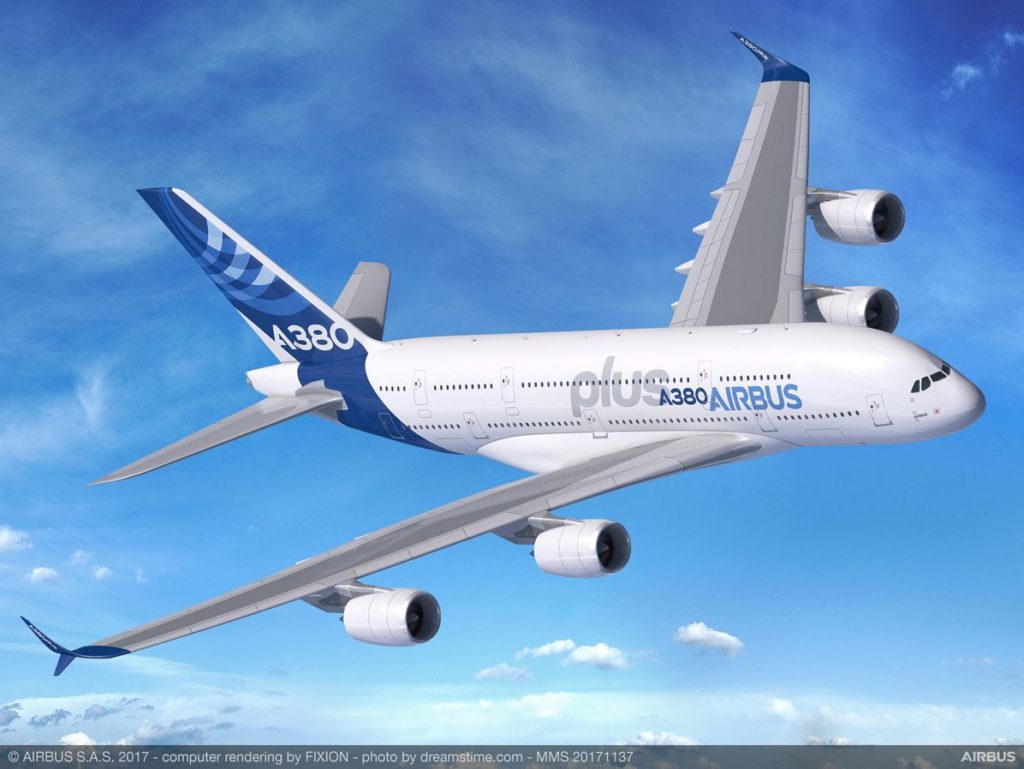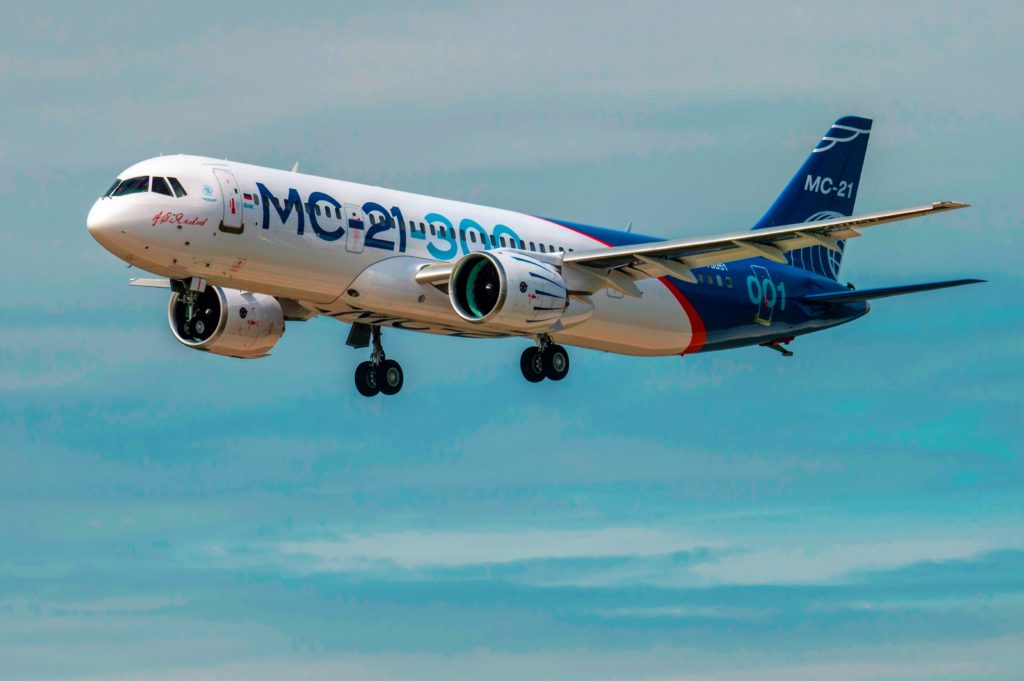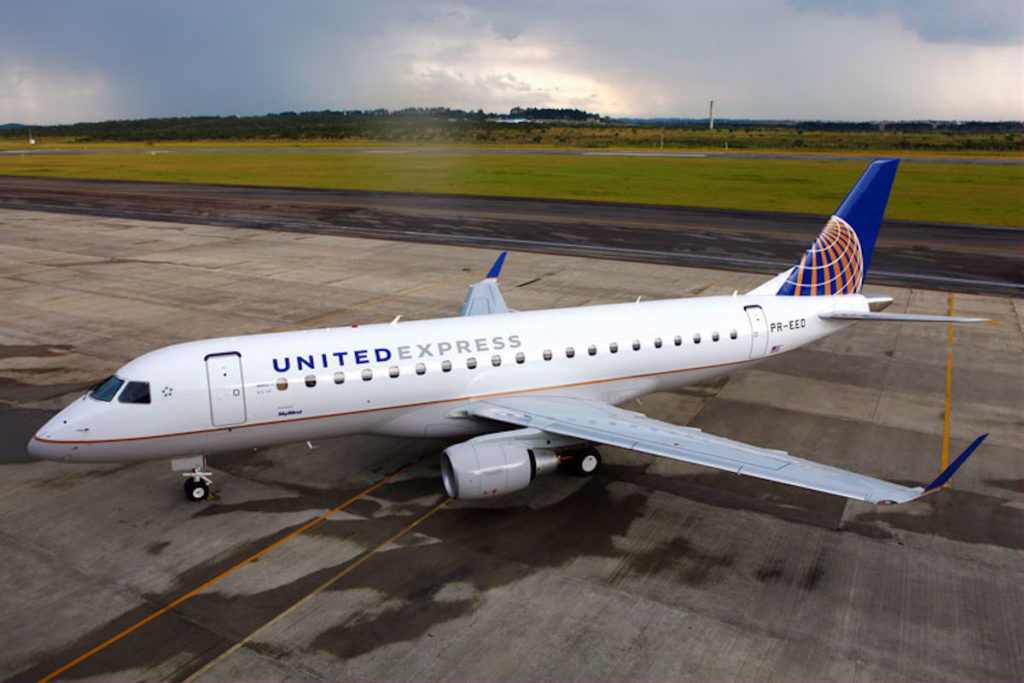Leeham News and Analysis
There's more to real news than a news release.
Business case for NMA remains uncertain
Subscription Required
Introduction
July 17, 2017, © Leeham Co.: We’re half way through 2017. Boeing reported orders through July 11, a week ago. Airbus won’t update its July orders until the end of the month.
Through July 11, Boeing reported 116 net wide-body orders: 15 for the 767, 33 for the 777 and 75 for the 787. Net cancellations of -7 for the 747 are included in the net 116 figure.
The 15 767s were not commercial models, however, but 767-2C tankers for the USAF.
Over at Airbus, none of China’s 40 commitments announced July 5 for 40 A350s are in the June summary, and won’t be in the Orders tally until the commitments turn into firm orders. Through June, airbus had net 26 widebody orders: three A330-200s and 29 A350-900. There were cancellations of four A330-800s and two A380s.
If the 40 China A350s were included, this would bring Airbus to 66 widebody orders, still well short of Boeing’s YTD figure.
Summary
- Airbus product gap widens as A330-200/800 stalls.
- Boeing 787 strength comes from 787-9; 787-8 remains minor player.
- Middle of the Market business case still unproved.
A380Plus: First analysis, Part 2
By Bjorn Fehrm
Subscription required.
July 10, 2017, ©. Leeham Co: We went through the changes that are included in the Airbus A380Plus development study last week.
The study packages several improvements to the A380, improving the aerodynamics, increasing the passenger capacity and lowering maintenance costs. The aim is to improve the cost per seat of the A380 to keep it competitive with the new Boeing 777-9. With the rundown of the improvements complete we now use our aircraft model to see if the cost per passenger can compete with the 777.
The aim is to improve the cost per seat of the A380 to keep it competitive with the new Boeing 777-9. With the rundown of the improvements complete we now use our aircraft model to see if the cost per passenger can compete with the 777.
Summary:
- The A380Plus improvements makes the A380 competitive on Cash Operating seat mile Costs with the Boeing 777-9.
- The problem on how to fill the 70% larger A380 remains. It needs other solutions.
Qantas’ ultra-long haul dream, Part 3
By Bjorn Fehrm
Subscription Required
Introduction
July 06, 2017, © Leeham Co.: In previous articles we have learned how to fly the challenging route Sydney-London direct. From a well-informed person in Qantas we learned not to fight the winds. We shall use them. If we fly intelligently we put a cap on the longest distance we fly, even on windy days.
The other way around, London to Sydney, is less of a challenge. The aircraft is blown down under by the winds.
Now we use our aircraft model to understand how Airbus’ A350-900ULR and Boeing’s 777-8 would cope with the route.
Summary:
- The ideas of Qantas did not stop with not fighting the winds.
- We also learned how to simplify the analysis process for URL aircraft and routes.
- Forget about cabins, seats and passengers. It’s all about the hauled weight.
MC-21 and C919 compared. Part 3.
By Bjorn Fehrm
Subscription required.
Introduction
June 15, 2017, ©. Leeham Co: We continued the comparison of Irkut’s MC-21 and COMAC’s C919 last week with an analysis of the cabins and systems. The week before, we compared project time plans, structures and aerodynamics.
 Now we finish with an analysis of the economics of the aircraft.
Now we finish with an analysis of the economics of the aircraft.
Summary:
- The MC-21 is the more advanced aircraft of the two. It uses carbon composites for the wings and empennage.
- Coupled with more refined aerodynamics, the MC-21 offers a higher efficiency than the more classical C919.
MC-21 and C919 compared. Part 2.
By Bjorn Fehrm
Subscription required.
Introduction
June 08, 2017, ©. Leeham Co: We started the comparison of Irkut’s MC-21 and COMAC’s C919 last week. We compared project time plans, structures and aerodynamics.
Now we continue with the comparison of cabin capacities and systems.
Summary:
- The C919 cabin is a slightly longer copy of the Airbus A320 cabin. MC-21 sets new standards for cabins in the single aisle segment.
- Both aircraft use Western systems to ease development and improve in-service reliability.
How Airbus can kill the Boeing 797

Artisit concept of the Boeing 797. Rendering via Google images.
May 10, 2017, © Leeham Co.: Airbus can kill the business case for the prospective Boeing 797, the New Midrange Aircraft also known as the Middle of the Market Airplane,
- Reuter’s Tim Hepher has this story.
- CNN’s Jon Ostrower has this story.
All it has to do is move first, instead of waiting for Boeing to launch the 797, something considered likely next year.
If Airbus launched what is commonly called the A322, a larger, longer-range version of the A321neo, the new version would become a true replacement for the Boeing 757, meet economics of the smaller 797, which has a working title of the 797-6, at a much lower capital cost.
Boeing’s BHAG: Is $50bn Service Revenue Goal Achievable?
Special to Leeham News and Comment
By Kevin Michaels, Managing Director, AeroDynamic Advisory
Business gurus Jim Collins and Jerry Porras coined the phrase “Big Hairy Audacious Goal” (BHAG) to describe a business objective which is highly ambitious,

Kevin Michaels
galvanizes the organization, and is often met with skepticism from outside observers. Boeing recently created a BHAG that could transform aerospace MRO. Its goal is to triple its service revenue to $50bn within the next decade, and it is taking decisive action achieve its vision.





